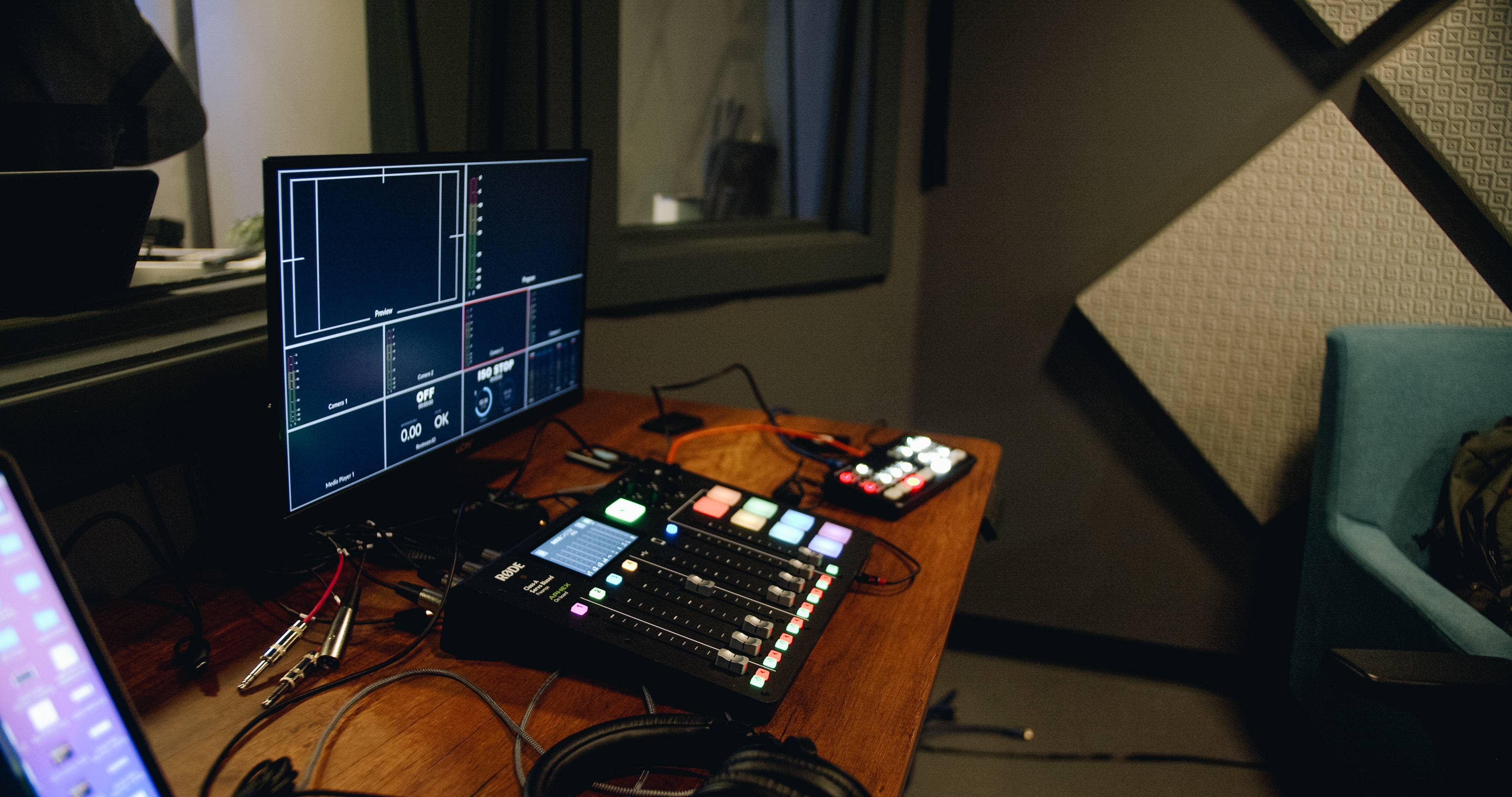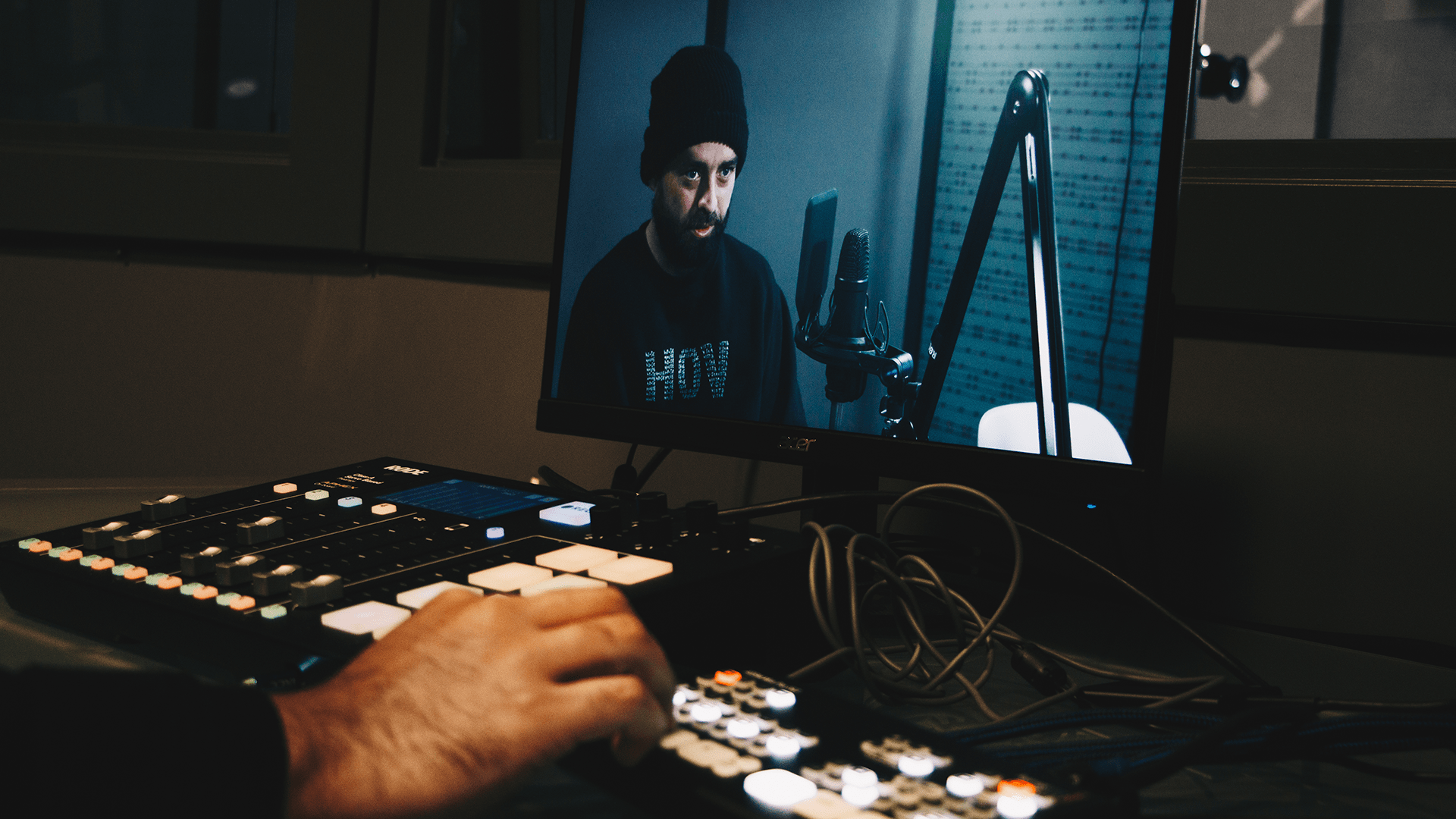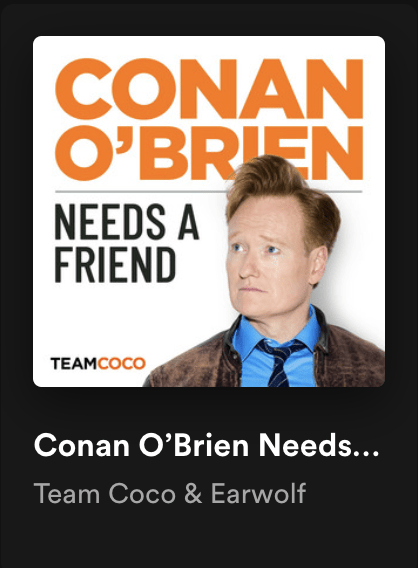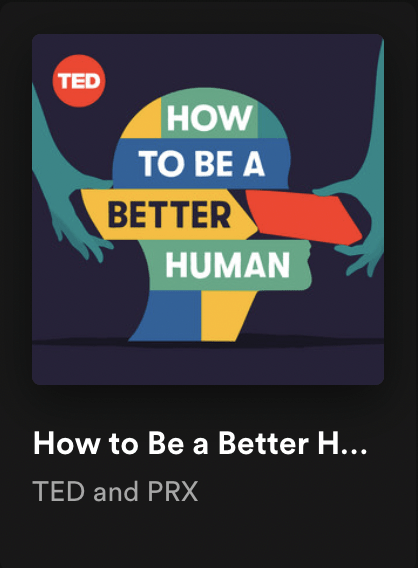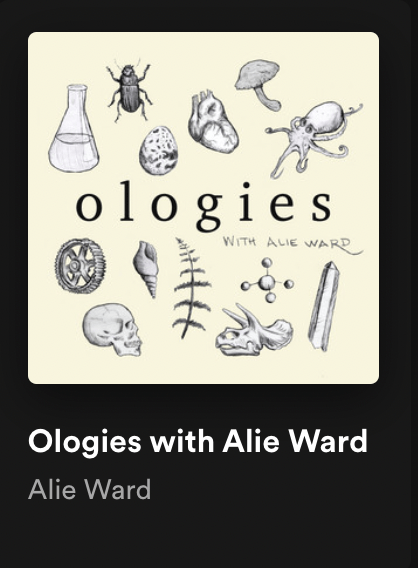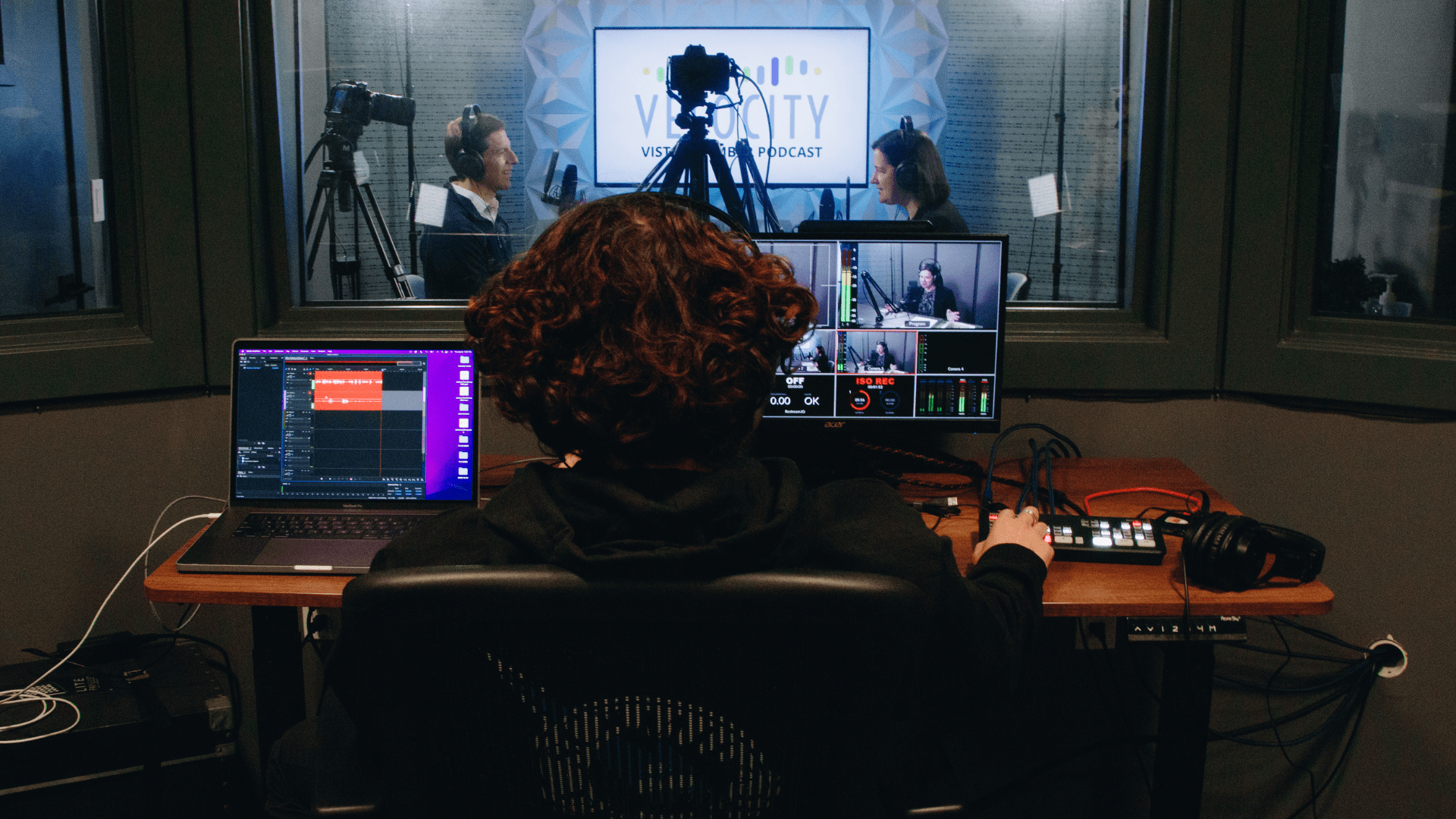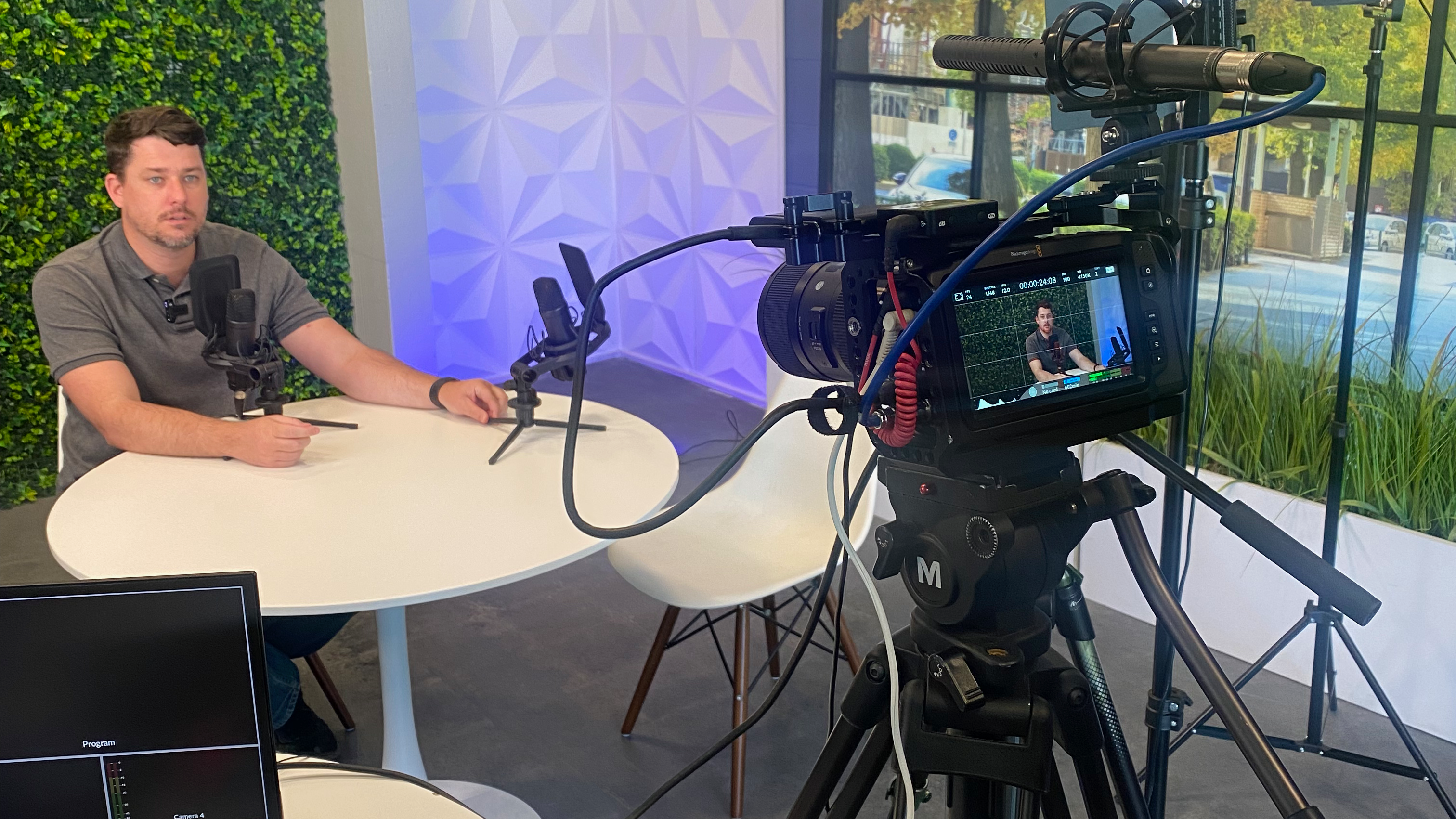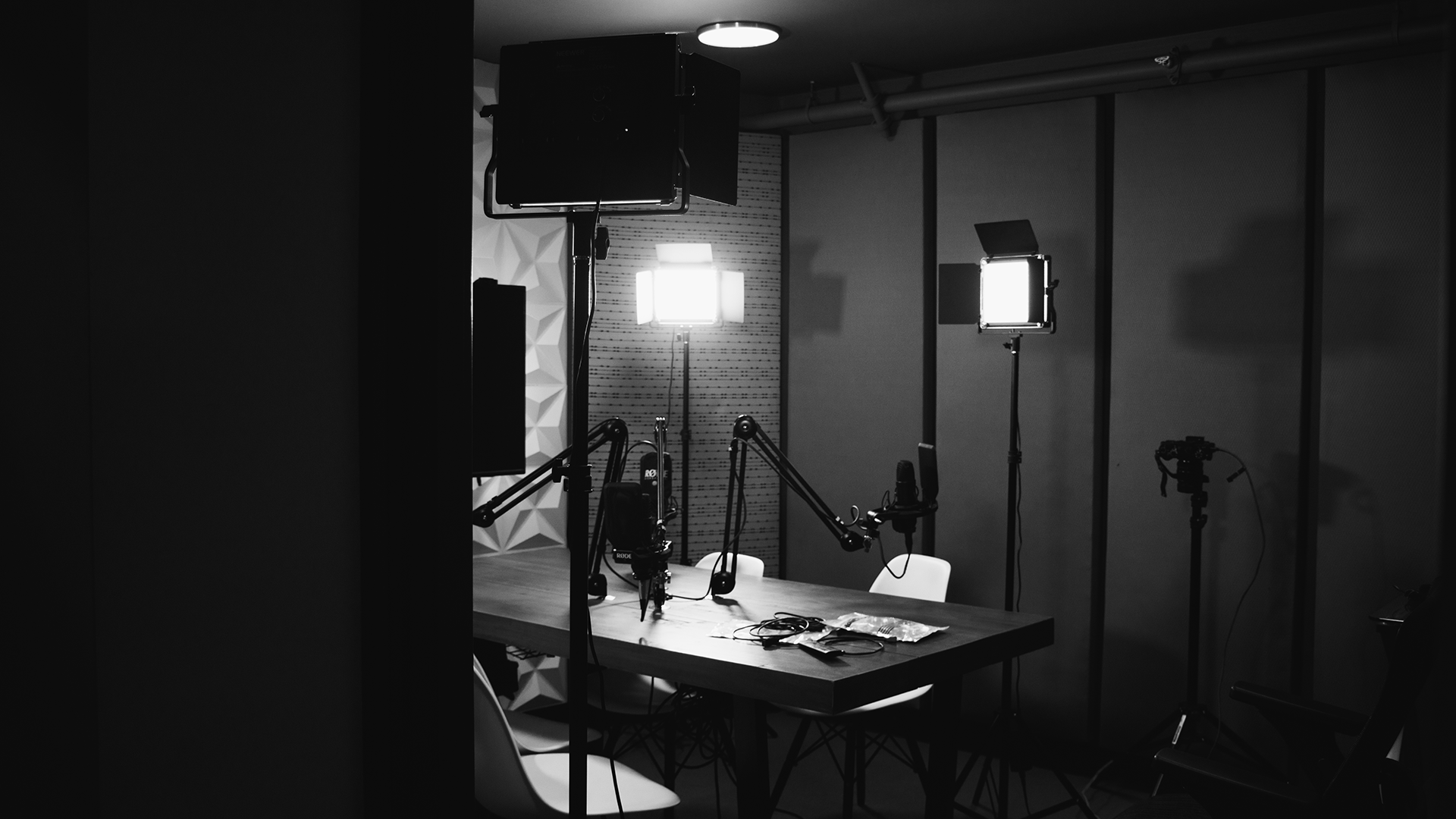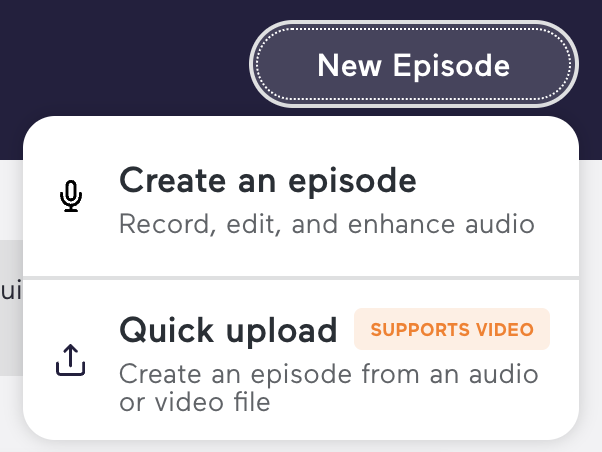Podcasting is here to stay! Not only is podcasting a great way to share your thoughts and ideas with the world, but it’s also a fantastic marketing tool. Some podcasts are audio-only, but creating a video podcast opens up more marketing and audience reach opportunities. You can simultaneously grow your podcast brand on Spotify and iTunes while reaching new listeners on video platforms like YouTube, TikTok, and Instagram with a video podcast.
Spotify has recently embraced video podcasts, and you can now watch full video podcasts on their platform.
If you want to make a video podcast and need some tips to get your project off the floor, this blog post is for you!
Here’s what we’ll cover:
Why do you want to create a video podcast?
Before you consider shooting your podcast, be sure to have a clear goal in mind with your show.
Do you want to position yourself as an industry expert?
Is your goal to simply have a creative outlet?
Will your video podcast be a marketing tool to drive traffic to your website and your business?
An actionable goal and a clear purpose will enable you to create great content without burning out too soon.
What will your video podcast format be?
Before you start recording, you need to decide on the format for your show. Think of your favorite podcast shows. Some are interview-style, others are solo shows, and some are roundtable discussions.
There are a few different formats to consider:
Interview-based: In this format, you interview guests on various topics related to your niche. This is an excellent option if you want to build relationships with other experts in your field and your area.
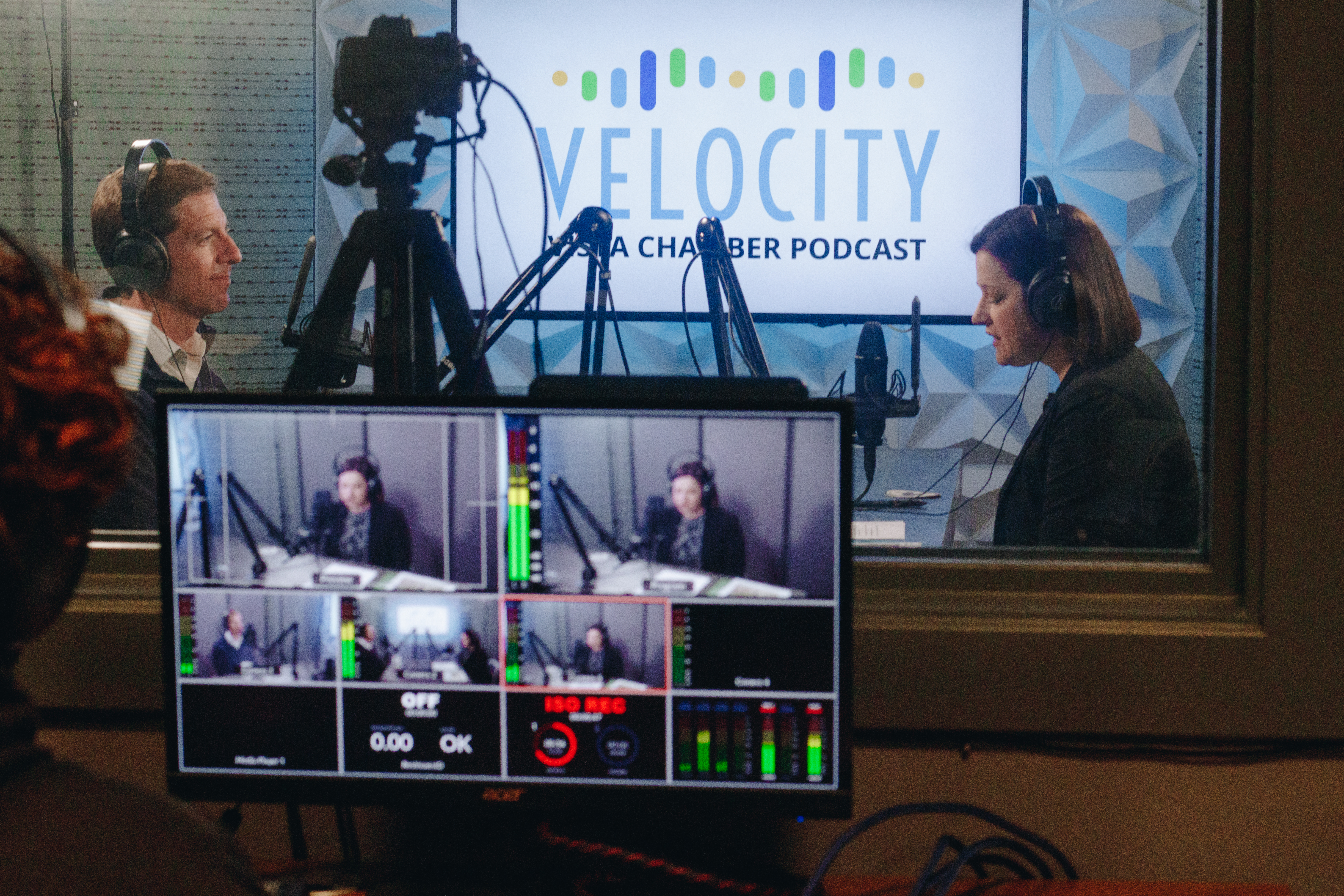
News-based: This type of podcast is usually shorter in length and focuses on timely topics. If you have a knack for delivering information quickly and concisely, this could be the right format for you. If local reach is your goal, consider a news-based podcast that covers current events in your town or city.
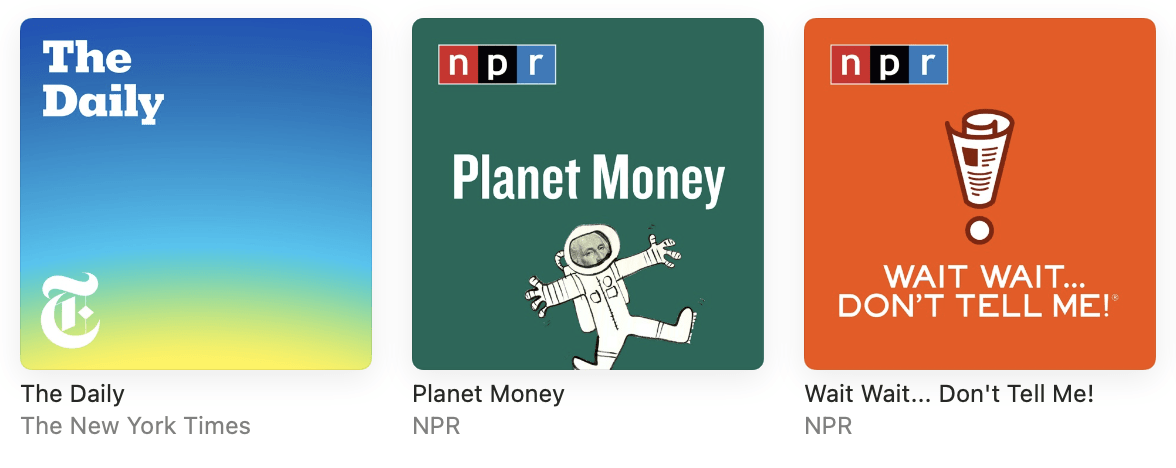
Solo show: A solo show is exactly what it sounds like—the host is the only person behind the mic, and they do all of the talking. This format is great if you’re comfortable being in front of the camera and enjoy sharing your stories and experiences.
Co-hosted: In this format, you have one or more co-hosts that join you for each episode. This is an excellent option for hosts who like to banter and have lively conversations on-camera.

Topic-based: In this format, you discuss a specific topic in-depth in each episode. This is a great option if you want to dive deep into a particular talking point, especially if your podcast focuses on a niche hobby or interest.
Storytelling: Think of horror stories and true crime podcasts. In this format, you tell a story that captivates your audience and keeps them coming back for more, with each episode focusing on a new story or a new chapter.
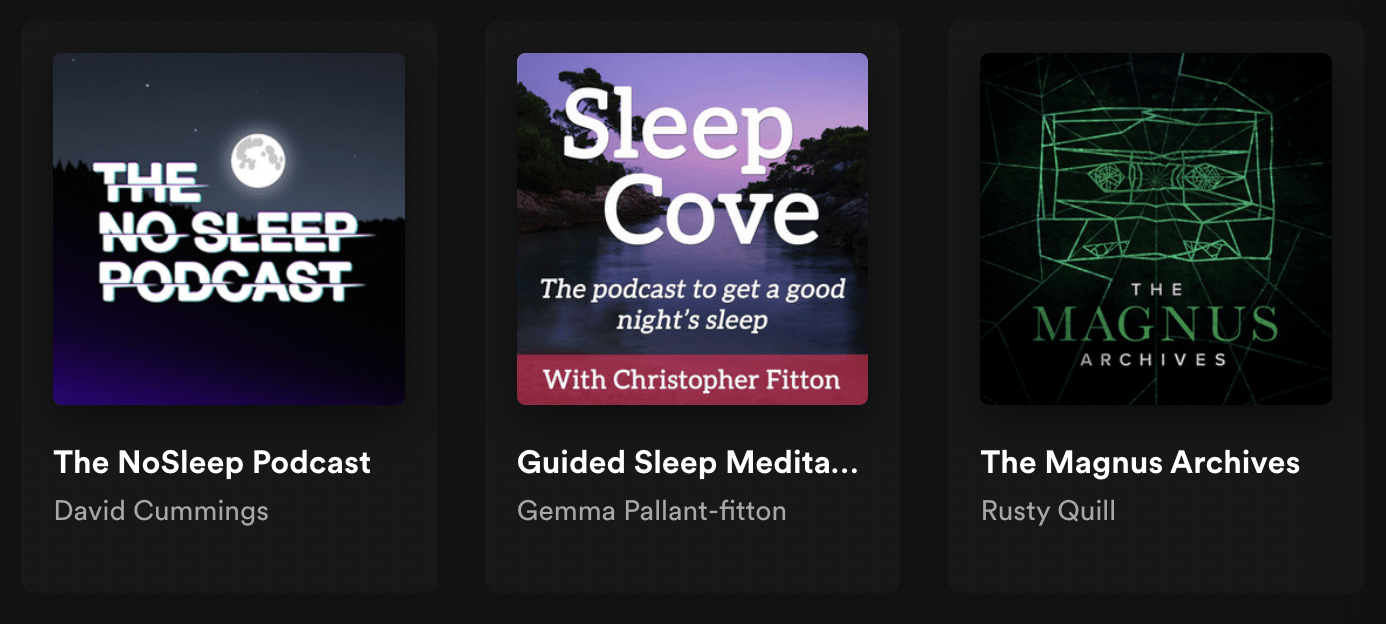
Pick the format that makes sense with your goals, niche, and personality. The format you choose will have a significant impact on the overall feel of your podcast, so choose wisely!
What topics will your video podcast cover?
Now that you’ve decided on a format, it’s time to start thinking about topics. What will you be talking about on your show? This is where having a clear purpose for your podcast comes in handy. If your goal is to build an audience of small business owners, then your topic lists might look something like this:
– How to start a small business
– Tips for growing a small business
– Strategies for marketing a small business
– Interviews with successful small business owners in (your area)
Who will your target audience be?
Goal? Check.
Format? Check.
Topics? Kind of.
While you may have prepared a list of topics you would like to cover, you must also consider the topics and stories your audience wants to listen to.
Therefore, who exactly are you making your podcast for?
When you know your target audience, it becomes much easier to create content that appeals to them.
Some questions to consider when defining your target audience:
– What age range are they in?
– What are some common problems they face?
– What are their interests?
– Where do they hang out online?
– How can you reach them?
Having a general idea of who will listen to your podcast will inform the topics you cover and the overall tone of your podcast. Even if your podcast is hyperfocused on a single subject, you should still consider your target audience and what they want to get out of your show.
Knowing this information will help you create a podcast that appeals to your target audience and enables you to achieve your goals.
Length & Schedule
There is no “best length” for a podcast.
You shouldn’t try to limit your podcast if you have a good conversation going. Don’t cut video content to hit a certain length of time.
And the same goes for short podcasts.
If you only have a few minutes to talk about your topic, don’t try to stretch it out just to hit a specific time.
Length ultimately varies from show to show.
Be authentic, be yourself, and be comfortable. The goal is to engage with your audience and provide value, not to hit a specific time limit. People care more about being entertained. How effectively can you draw them in and keep them engaged?
As for the release schedule, some podcasts come out weekly, while others are released monthly or even sporadically.
The key is to be consistent with your release schedule. If you commit to releasing a new episode every Tuesday, make sure you are committed to that schedule
Your audience will appreciate knowing when they can expect new content, and it will help you build a loyal following.
In-person recording versus online recording
If you have the budget and the space, recording in person is often the best option. It allows you to connect directly with your guest and co-host, resulting in a higher-quality recording.
When recording in person, you can set up your recording space however you like. You provide the microphones, you control the audio levels and lighting, you control the camera angles – everything is much easier in person, especially if you are shooting a video podcast.
Online shows can be just as good when in-person recording isn’t possible. Platforms like Skype and Zoom allow for remote interviews with guests from anywhere in the world, and they make it easy to record decent audio and video.
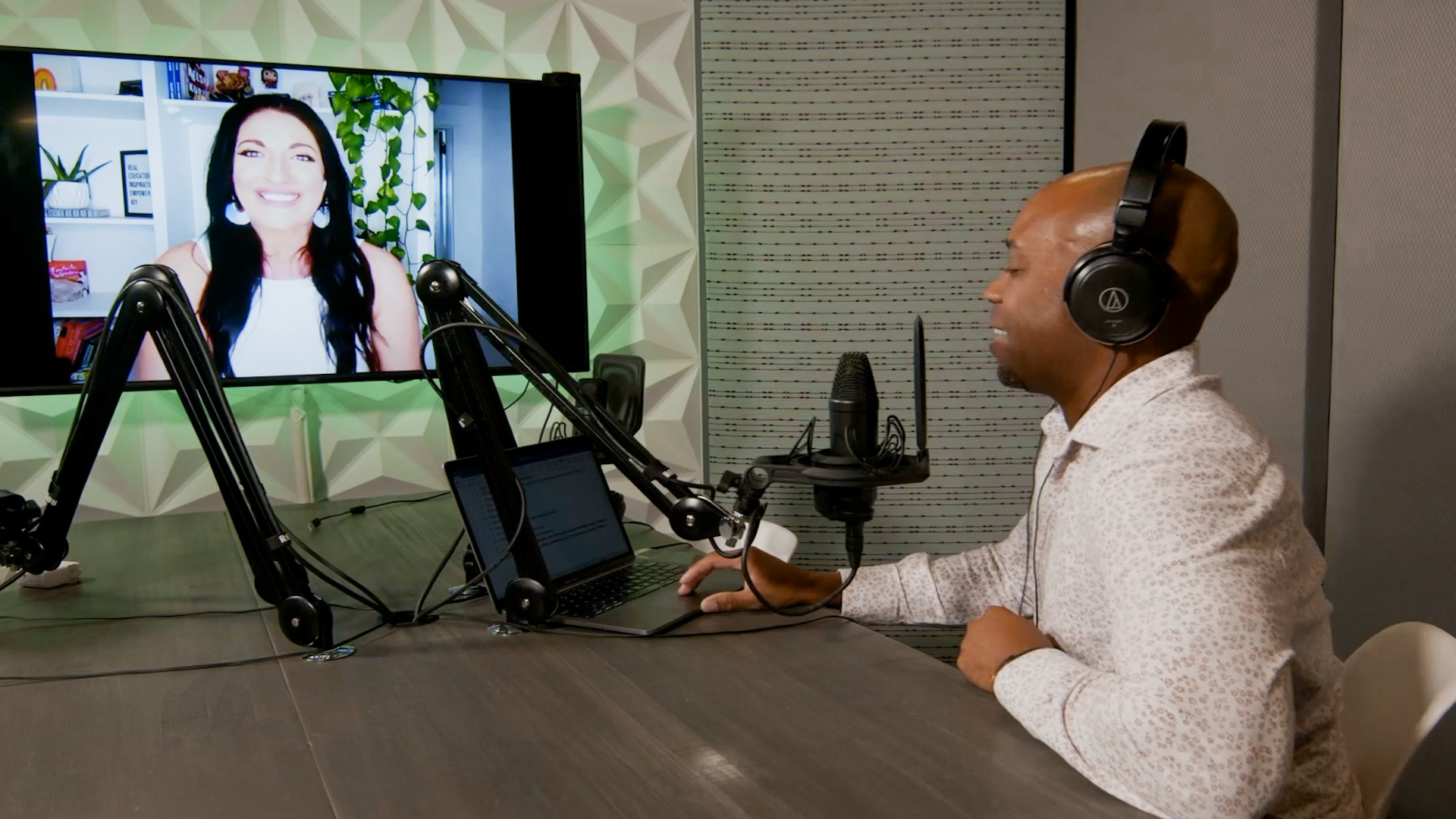
The major challenge with online video podcast recordings is the lack of control over the more technical aspects, such as audio levels and video quality. Problems with Wifi and background noise from other people is another issue to be aware of.
Your podcast brand
Standing out is key to finding success as a new podcast. There are millions of comedy podcasts out there – how will you differentiate yours from the rest?
Having a branded podcast will make it easy for listeners to identify you from other podcasts, and it creates a connection between you and your audience.
The name of your show
Create a name for your podcast that is catchy, memorable, and representative of the topics you intend to discuss.
Before you settle on a name, you should also verify that the name hasn’t already been taken by somebody else. And make sure that your podcast show will be easy for others to search for it online when you ask them to listen to it. If your podcast name shares the same name as a band or another podcast, you may want to consider changing it.
Cover Art & Logo
For a majority of new listeners that stumble upon your podcast, your cover art will be the first thing they see.
If you have an existing brand…
You’ll want to use your existing brand colors and logo in your cover art to make it easy for new listeners to identify you amongst other podcasts quickly.
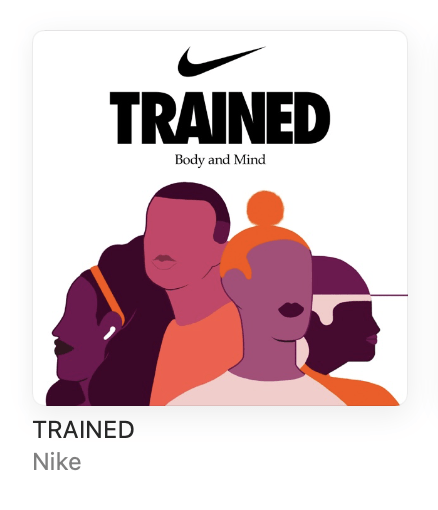
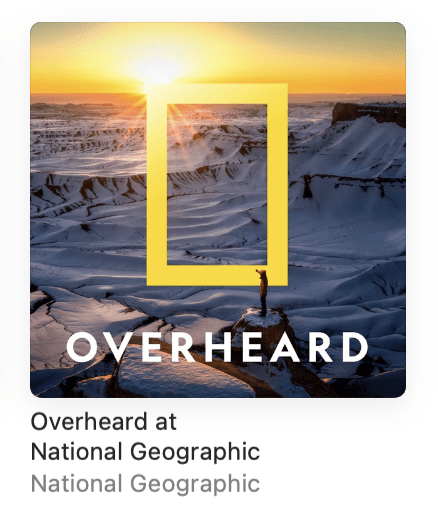
For a podcast centered around a specific topic or hobby, use visual elements related to that topic. If you have a podcast about fishing, incorporate visual elements like fish, fishing rods, nets, or a dock to signal to fishing fans that you’re the podcast for them.

If your podcast is driven by a personality, make sure your cover art reflects that. Use photos or illustrations of the host(s) to help people connect with your show.
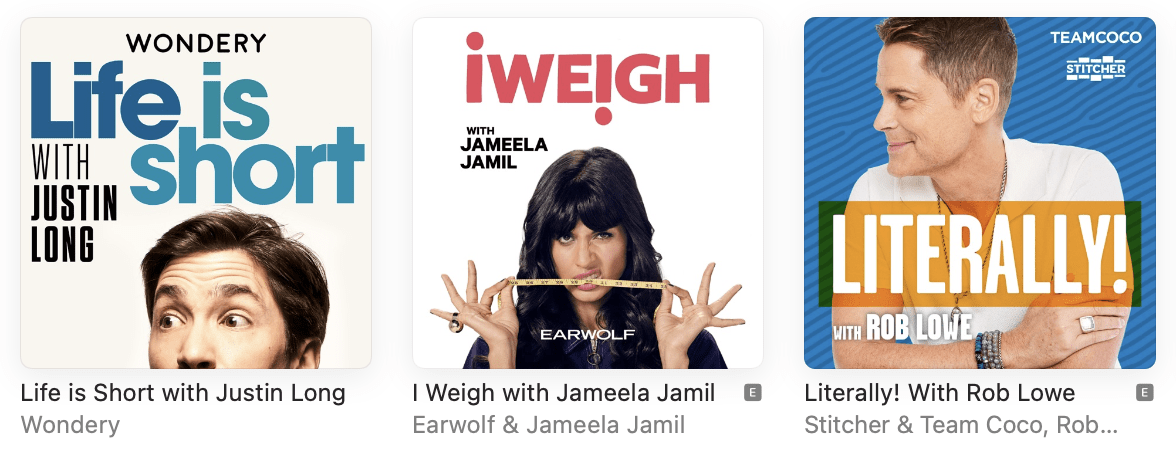
If you don’t have an existing brand…
You’ll want to create a logo or visual element that is unique and recognizable to your show. Try to avoid using generic clipart and keep text at a minimum.
Your cover art should be legible and uncluttered, with any background images used (if any) remaining clear and easy to discern. Use bold fonts and make sure the text is big enough to be legible on small screens.
Cover art size & format
Both Apple and Spotify recommend using the highest quality possible for your cover art. Your art should be 3000×3000 pixels in size and .jpg or .png format. The higher the quality, the better it will look when scaled down for mobile screens.
You can also use different cover art for additional episodes and seasons of your show if you’d like. This is a common practice for many popular shows and can help signal to listeners that new podcast episodes are available.
Background for your video podcast
For a podcaster who does audio-only, all that matters is a good mic, but if you’re recording a video podcast, the background becomes just as important as everything else.
You want to make sure your listeners can see you clearly, and that there isn’t anything too distracting in the background.
A simple, solid-colored wall can be an inexpensive option for many new podcasters. If you are doing a business podcast and you have an office at home, that could serve as a great background that matches the style and tone of your podcast.
If you have a little extra budget available, you can also buy a portable green screen that can be used as a backdrop for your video podcast. This will allow you to change up your background to whatever you like during the editing process.
Wall panels can be found online or at your local hardware store, and they come in a variety of styles. They are easy to store, and you can customize them to match your video podcast needs.
Recording your show
Video Podcast Equipment
For a new podcaster, good video podcast equipment is important but not necessary to grow a podcast brand. If you wanted to, you could take your phone and record your podcast there.
Just know that the audio quality will not be as good as if you invest in some basic podcasting equipment. As your podcast brand grows and you gain new listeners, it may become time to expand your equipment to produce a higher-quality show.
Basic video podcasting setup
The most basic setup for a podcaster is a microphone, headphones, a camera, and a recording device.
Microphone
You have a few different options for choosing a microphone for your podcast.
You can use a USB microphone that plugs directly into your computer if you’re on a budget. These are typically less expensive than other microphones and can still produce decent sound quality.
If you have a little more to spend, you might want to consider an XLR microphone. These microphones require an audio interface to connect to your computer, but they produce better sound quality than USB microphones.
XLR microphones are also more versatile because you can use them with several different audio interfaces and mixers to elevate the sound quality of your podcast.
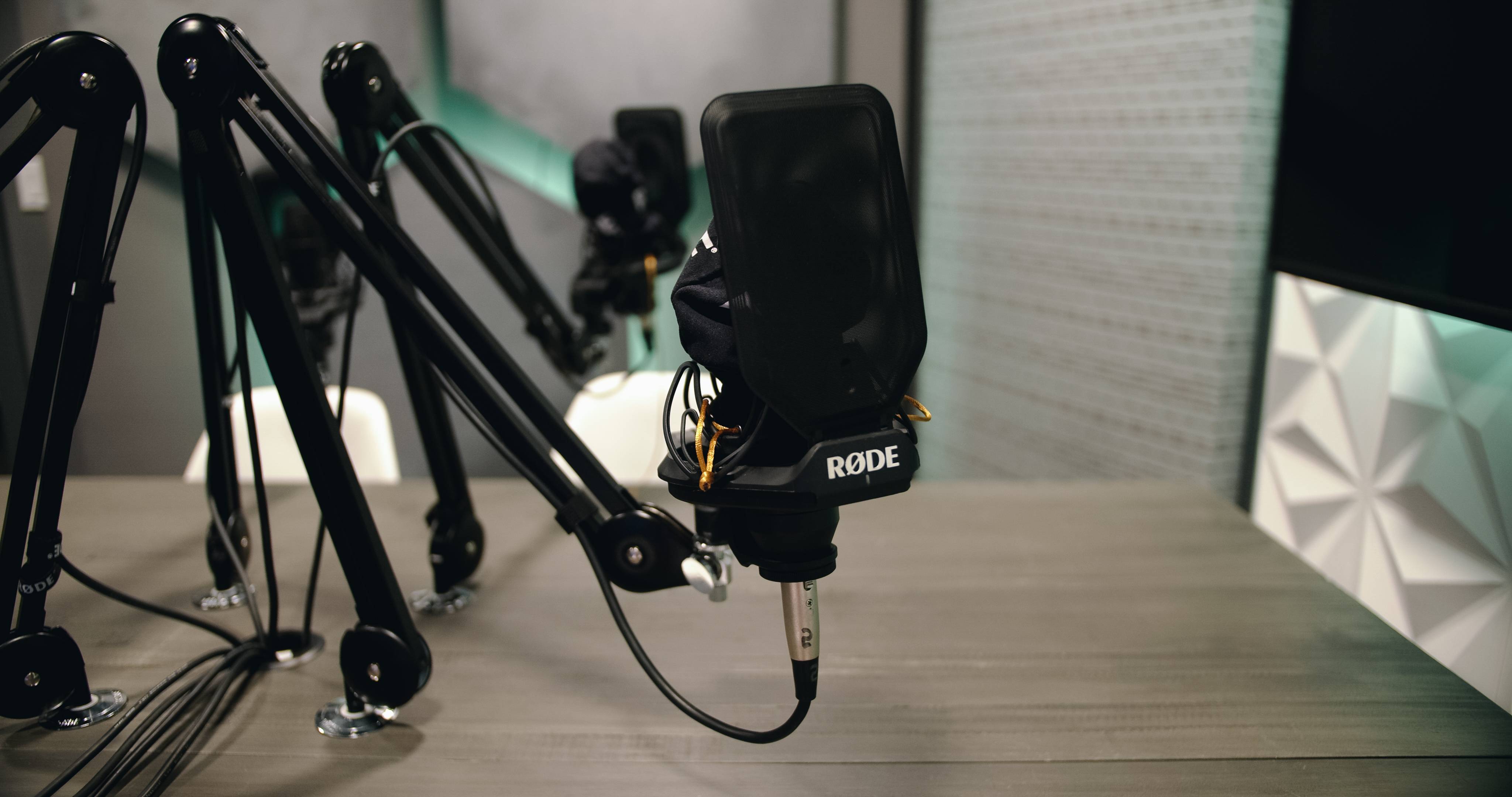
As your podcast grows, consider investing in a shotgun microphone. These microphones are designed to pick up sound from a specific direction, which can be helpful if you’re recording in a noisy environment. Shotgun mics can also be mounted on a boom arm to keep them out of the way while you’re recording.
Headphones
Headphones are essential for two reasons. First, they allow you to hear your voice as you’re recording, which can help you avoid making mistakes and know how quiet or loud you are. Second, they help block out external noise so you can focus on your podcast and not be distracted by the things going on around you.
You don’t need to spend a lot of money on headphones. Many podcasters use the same headphones for both recordings and listening to their show. Just make sure they are comfortable and that you can hear yourself clearly while wearing them.
Cameras
For many podcasters, a webcam is the best option to record video. Webcams are relatively inexpensive and easy to set up.
If you have a little more to spend, you might want to consider investing in a DSLR camera. These cameras can capture video at a greater quality than a webcam and it gives you more control over things like aperture, shutter speed, and ISO.
If you have multiple guests, you can have a camera angle capture a wide shot of your host and your guest. With multiple cameras, you can have each one focus on each person individually.
Recording Devices
There are a few different ways you can record your podcast. Audacity and GarageBand are great for recording audio only, while services like Skype can be used to record both video and audio.
If you want to get more serious about podcasting, you might want to invest in an audio recorder. These devices allow you to record high-quality audio and can be easily transported from one location to another. You can insert a memory card into the recorder, making it easy to transfer the audio file to your computer for editing.
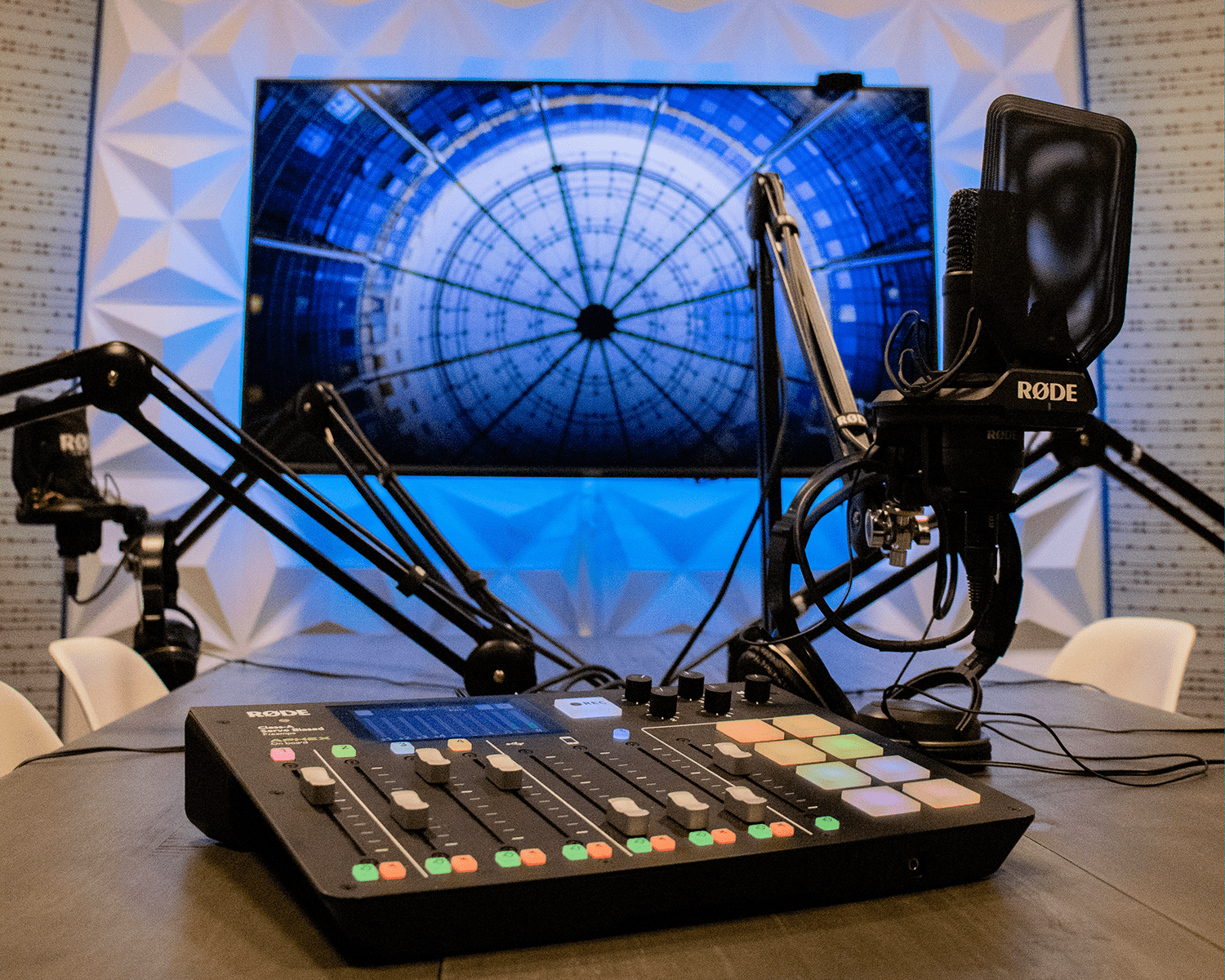
An audio recorder allows you to easily manage audio levels, essential for getting a consistent sound quality on your podcast.
Additional tools & equipment
If you’re ready to take your video podcast to the next level, here are additional tools and equipment you can use to
Lights
Lighting is important for two reasons. First, it can help improve the quality of your video podcast by making it brighter and more evenly lit. Second, it can help you control the mood of your podcast.
You don’t need to spend a lot of money on lighting. A simple three-point lighting setup will do the trick. Just make sure you position the lights, so they are not in your field of view and that they are not casting shadows on your face.
Sound Panels
Sound panels are a great way to reduce echoes and background noise in your recording space. They can also help absorb sound, making the audio quality of your video podcast more professional.
You don’t need to spend a lot of money on sound panels. You can find them at your local hardware store or online. Sound panels will reduce sound from bouncing off your walls, impacting your audio recording.
Video Switcher
You can make a video podcast more efficiently by using a video switcher, allowing you to switch between multiple cameras or angles on the fly. This can be helpful if you have multiple people in your podcast or if you want to switch between different camera angles. If you’re going to do your podcast live, a video switcher is a must-have.
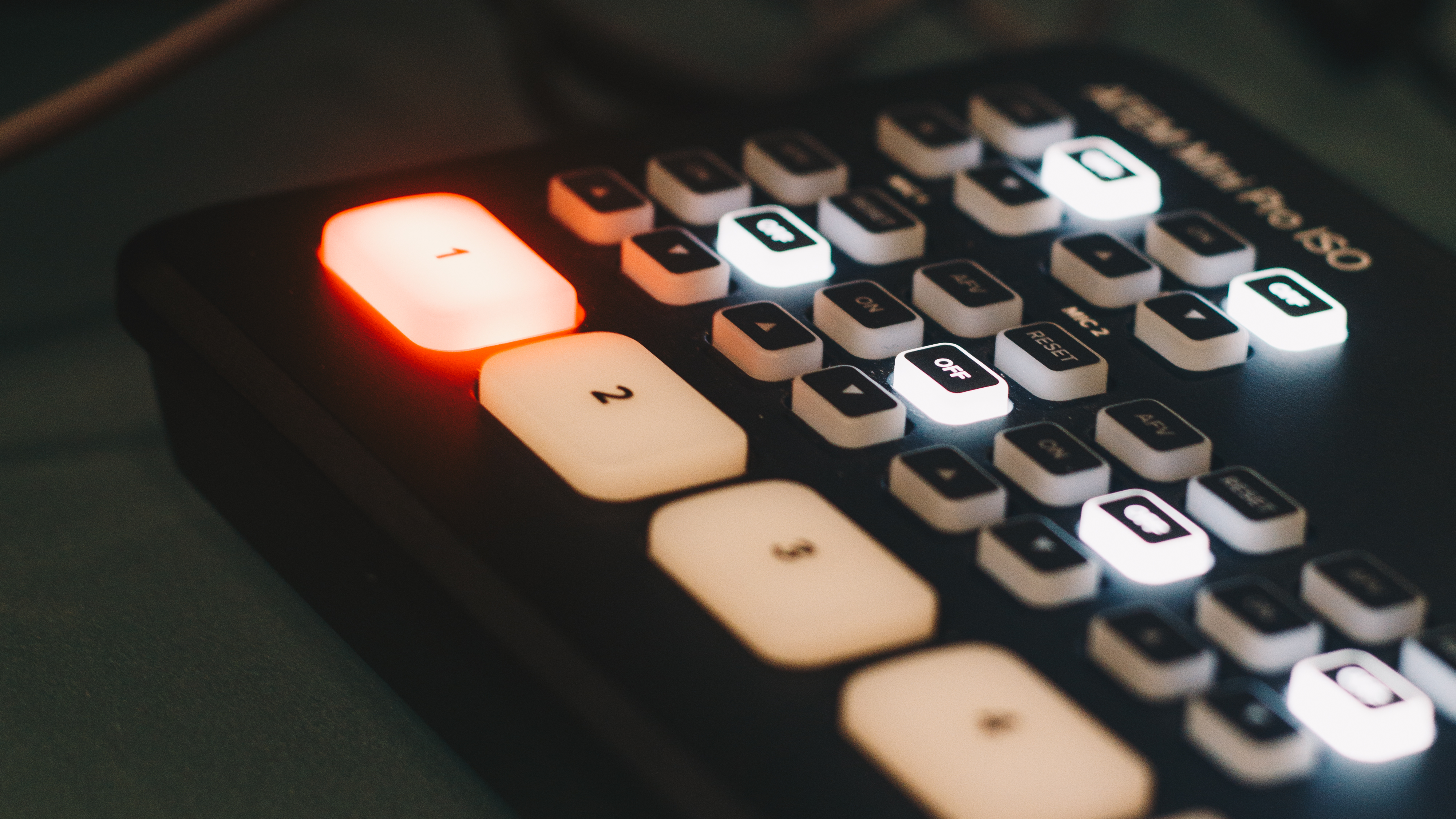
Editing your podcast
Audio mixing tools
There are also multiple software programs you can use to edit and put together your podcast. Some of the most popular options include Audacity, Garageband, and Pro Tools.
These programs allow you to remove background noise, normalize audio levels, and even add music or sound effects.
Intro/Outro music
Part of your branding includes any custom audio cues, sound effects, and intro/outro music. Of course, you’ll need to find something that matches the style and tone of your video podcast.
Public domain music is music that is not copyrighted and is, therefore, free to use without any restrictions. Find public domain music on sites like Free Music Archive and Musopen.
Commercial music libraries are just what they sound like—websites where you can license music for use in your podcast. They offer a wide variety of music that’s perfect for any type of podcast, and they’re licensed so that you can use it without any restrictions.
For licensed music, you can try platforms such as Epidemic Sound, Pond5, Soundstripe, Artlist, and APM Music.
Video editing software
You can use multiple different software programs to edit and put together your podcast. Some of the most popular options include Adobe Premiere, Final Cut Pro, and iMovie.
These software programs allow you to edit your video podcast, add titles and transitions, and even add music or sound effects.
Publishing and distribution
Now that you have everything recorded and edited, it’s time to share your podcast.
There are a few different ways to get your podcast out there, but Apple Podcasts (iTunes) and Spotify are the two most common platforms.
Anchor (owned by Spotify) is great for getting your podcast on multiple podcast platforms.
Getting your podcast on Apple Podcasts (iTunes)
An RSS feed is an .xml file that outputs updates on a website, which Apple Podcasts and other podcast platforms use to pull in new episodes of podcasts. To get your podcast on Apple Podcasts, you’ll need to create an RSS feed for your podcast and submit it to iTunes.
If you are hosting on a platform like Anchor, you can easily copy your RSS feed URL and submit it to Apple. Once approved and after you have created an Apple Podcast Connect account, your podcast to their directory and it will be available for people to listen to on their iPhone, iPad, Mac, or PC.
Getting your video podcast on Spotify

Spotify has begun rolling out video podcasts on its platform. Some users have been given early access to the feature. If you want to be one of the first to try it out, you can request early access.
Once approved for video podcasts, you’ll need to upload a video file through the Anchor platform the same way you would upload an audio file.
This is great for podcasts that rely heavily on visual elements, and it helps form connections with your viewers and the host/guests of your podcast. Deepen audience engagement while extending your reach to new listeners!
Getting your video podcast on YouTube
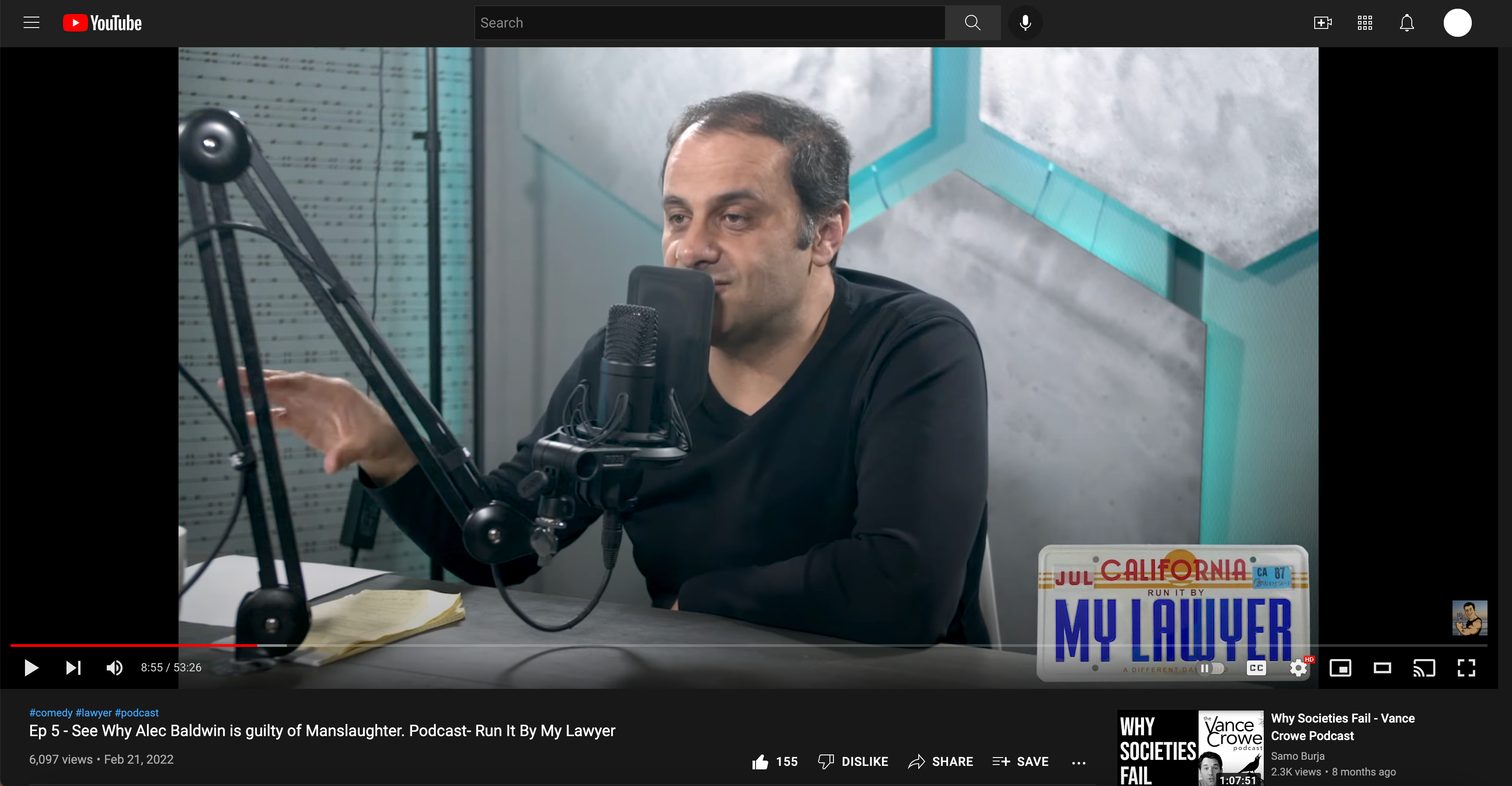
Creating a YouTube channel for your video podcast is a great way to reach new audiences and get more viewers for your podcast. You can upload video podcast episodes directly to YouTube or create a playlist of all your episodes.
To make sure people can find your YouTube channel easily, include links to it on your website and social media platforms. You can also optimize your videos for SEO by including keywords in the title and description.
To get the best performance on your YouTube videos, you will need a killer title, an eye-catching custom thumbnail, and a great description to help with YouTube SEO.
You also need to tag your videos with relevant keywords and include transcripts of your episodes in the description. This will help YouTube understand what your video is about and show it to people searching for that topic.
Marketing & social media
With your podcast shot, edited, and ready to go, it’s time to get listeners!
Website
A website for your podcast will be a great way to drive organic traffic to your podcast and will help increase organic traffic.
Your website should also have an RSS feed so people can subscribe to your podcast and get new episodes automatically.
Include an email opt-in on your website to build a list of email subscribers who are interested in your podcast. You can then send out periodic emails to update them on new episodes or even give them exclusive content that’s not available anywhere else.
Social media platforms
Make sure to promote your podcast on social media! This is a great way to get new listeners and keep existing ones engaged. Use hashtags, post teasers and video clips, and run social media ads to increase exposure and reach.
You can also use social media to run live Q&As for audience engagement and build a community around your podcast.
Be sure to create social media accounts for your podcast on all the major platforms, such as Facebook, Twitter, Instagram, and TikTok. Even if you don’t use all of them (you should!), you want to claim your brand name on as many platforms as possible so that others don’t take it.
Advertising
You can also use paid ads to promote your podcast. This can be done through platforms like Facebook Ads and Google AdWords to reach listeners in your area.
If you have a website, you can use the ads to drive traffic to your site so people can learn more about your podcast and subscribe.
You can also use paid ads to promote individual episodes or even specific segments of an episode through video clips to people who are likely to be interested in that content.
Podcast networks are another way to get your podcast in front of new listeners. These companies specialize in promoting and distributing podcasts, and some of them will even help you with marketing and social media promotion.
Sponsors
A great way to generate income for your podcast is through sponsors. You can find sponsors by reaching out to companies you think would be a good fit for your show.
There are a few things to keep in mind when looking for sponsors. First, make sure that the company’s values align with yours.
You don’t want to promote a product that you don’t believe in or that goes against what your podcast is about. Second, make sure the company is a good fit for your target audience.
You want to make sure that the sponsor’s products or services are something your listeners would be interested in.
Finally, don’t be afraid to negotiate! You want to make sure that you are getting a fair deal to promote the sponsor’s products or services on your podcast.
Don’t forget that a more extensive audience does not always mean more money. You can charge a higher rate if your podcast has a smaller but more engaged audience. Especially if you have a dedicated fanbase of local listeners, you have a more valuable group of fans for which a sponsor may be willing to pay a higher rate.
Conclusion
And there you have it! These are the basics of how to start a video podcast. With these tips, you’ll be well on your way to producing a high-quality podcast that will engage and grow your audience.
If you have any questions, feel free to comment below or contact us at [email]! We’re always happy to help. Happy pocasting!
